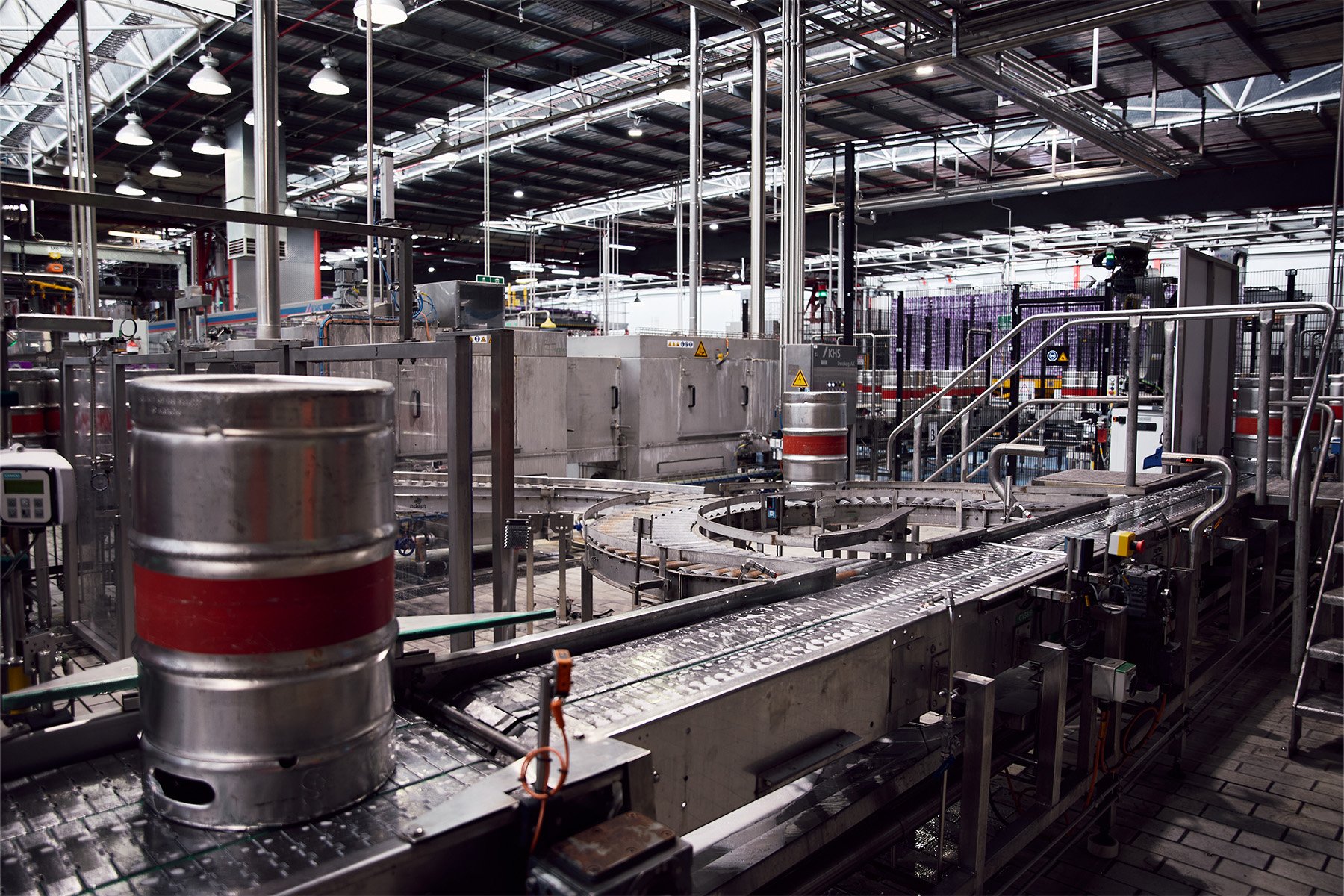Food and beverage manufacturing operations are facing greater competition on a global scale, along with changing customer preferences.
This creates a need for enhanced productivity in manufacturing processes while maintaining strict quality standards, requiring digital solutions that draw on both customer feedback and quality management.
Feedback is a powerful insight and depending on how it is used, it can potentially impact and influence the outcome of your product. In manufacturing, feedback should be quite regular at every level, be it in the operations, equipment, group interactions, and even with your customers.
Customer feedback can play a vital role in manufacturing’s integrated layer of information, one that is fundamental to the product quality implementation.
This blog will try to provide a perspective that manufacturing standards — commonly defined and documented by the manufacturers — are not the only reasons for compliance; there are also several implied needs from customers that need to be taken into account, and they often come as product feedback or preferences.
Customer feedback benefits in manufacturing
Increased access to data brings with it opportunities for manufacturers to better understand customer needs and demands, offering huge potential benefits in product improvement or development.
Customer feedback should be converted into insight to help further improve the operations and processes within manufacturing. Smart manufacturing allows the captured data to be leveraged for greater operational improvements and product development, among other benefits.
Benefit 1: Competitive advantage
Digital transformation technologies enhance manufacturing by allowing them to address specific challenges and to respond more quickly to market demands. This represents an opportunity to become more agile and competitive, particularly in the highly competitive food and beverage market.
Customer input is a good foundation to build the product’s competitive advantage. The customer often sets the criteria that they are considering when deciding to compare products or to make a purchase. For example, the taste profile, appearance or ease of preparation can all affect their decision-making and purchasing behaviour.
Consumers are also savvier than ever, with greater access to information to influence their decisions, such as product origins when it comes to ingredients and ethics of product sourcing. These aspects are in addition to factors such as the regulatory criteria set by the product authorities, labelling and packaging, or nutritional information labels.
In short – customers know what they want and make their decisions based on how your product fits their criteria.
Benefit 2: Identification of critical product attributes
A quality program where all facets of quality activities are interrelated provides a cohesive approach. A typical quality program evolves on compliance, either Regulatory or Internal Manufacturing Standards.
Integrating sales and marketing data into the process, instead of leaving this information siloed in disconnected systems, enables manufacturers to understand their customers better. This data can assist with product development, minimising the risks of bringing new products to market and making it easier to evolve with customer’s expectations.
With the introduction of customer-centric quality attributes, manufacturers will be able to achieve and deliver both the product safety assurance and products that the customer will want to buy.
Benefit 3: Reduced market returns
Market returns can be a result of non-moving products and products that are due to expire. When integrating customer feedback into the product manufacturing cycle, this can enable product improvement and influence a positive market outcome.
With a product on the shelves that carry the attributes that the customer prefers, there is a good chance that the returns will be reduced. This can vastly improve inventory management and in turn, lead to better profit margins.
In keeping with lean production principles, focusing on the value for customers means reducing waste at every stage – and that includes reducing market returns.
Insight from customer-centric manufacturing drives improvements to your bottom line
Customer feedback has the ability to positively affect a business directly, from reducing product wastage to improving productivity.
Incorporating customer insight into manufacturing processes enables better decision-making based on data, allowing greater opportunities to optimise these processes. After working with a number of food and beverage manufacturers, Nukon enabled them to capture and leverage their data and provide insight into their operations.
Now we’ve covered the benefits of customer insight and what value it can add, in an upcoming blog, we’ll explain the steps that can be taken to gather this data and to convert customer feedback into manufacturing insight.





